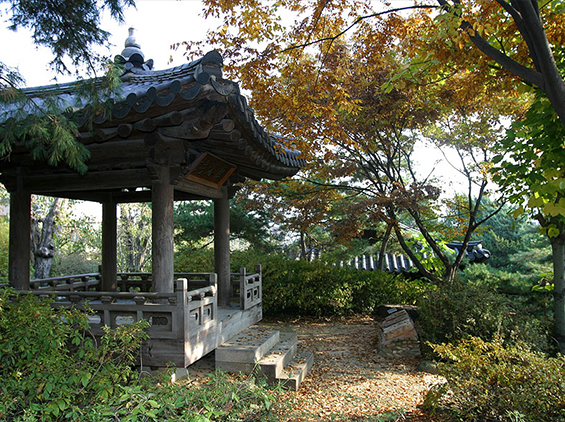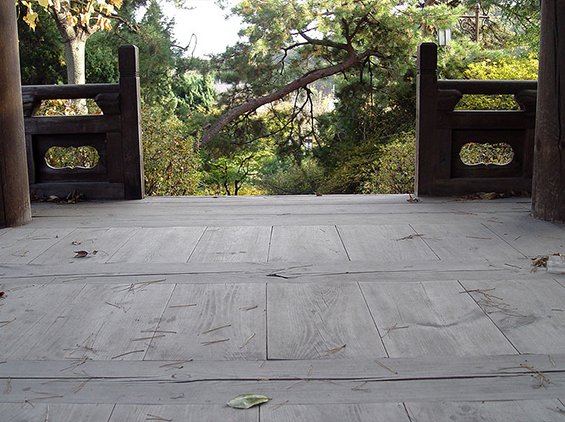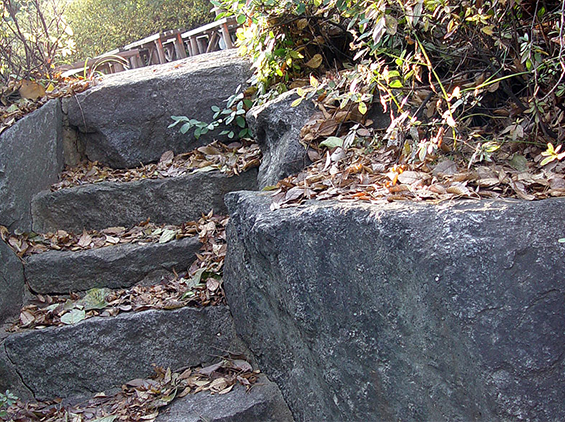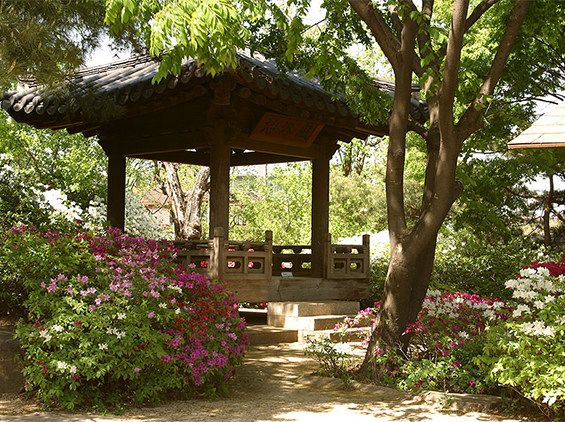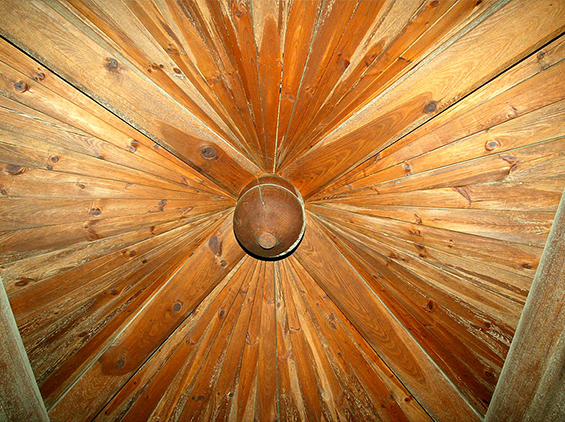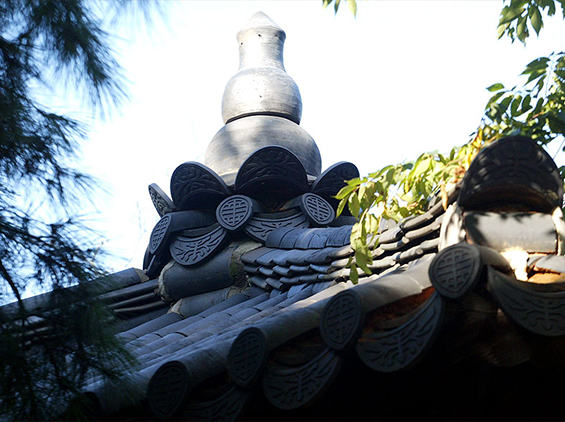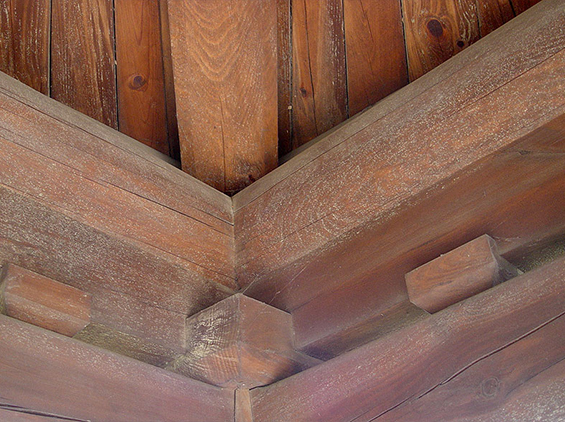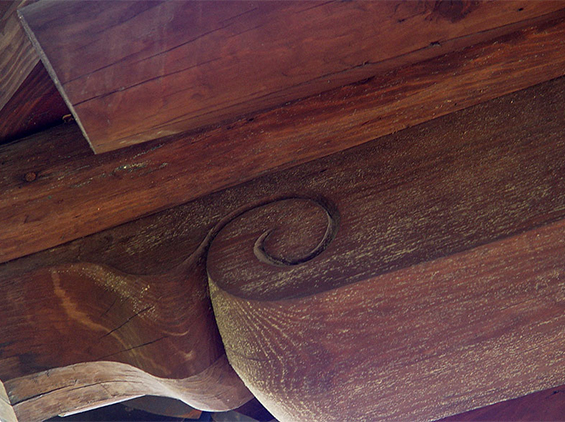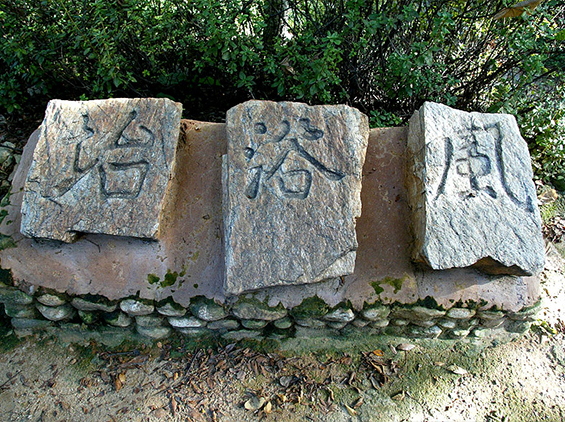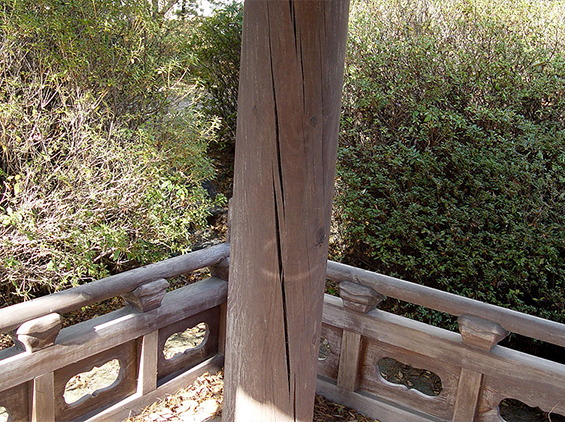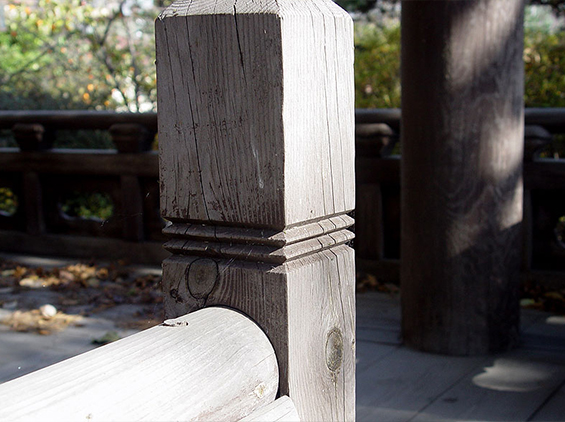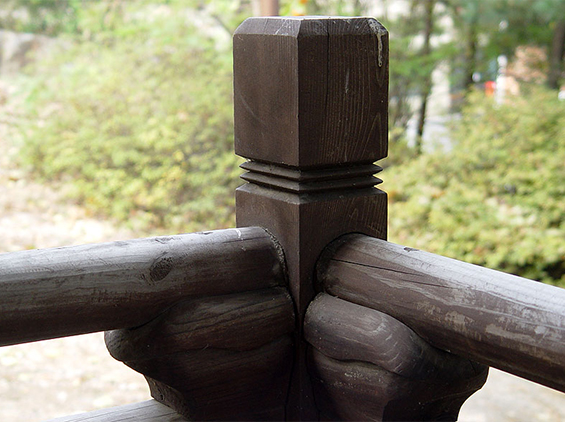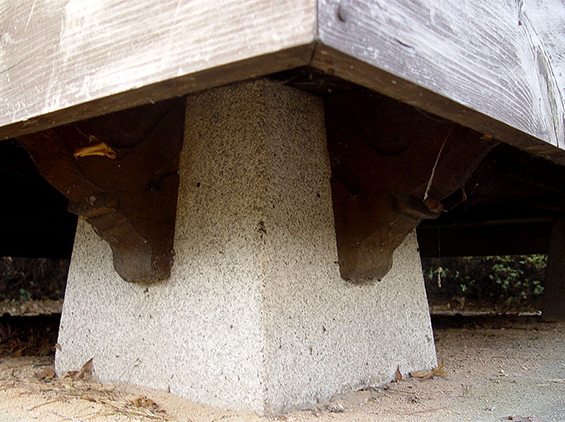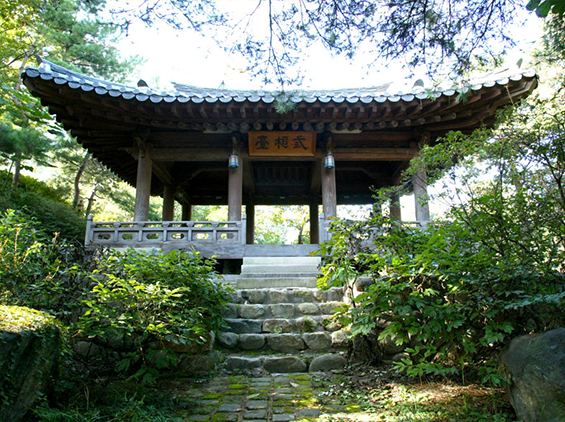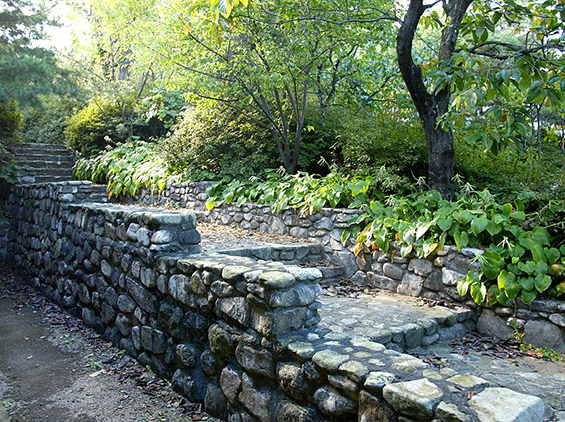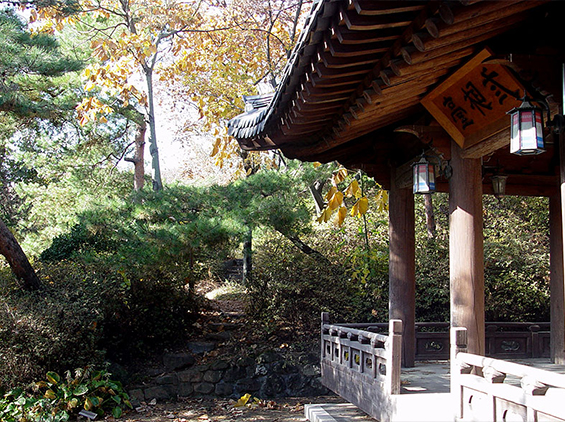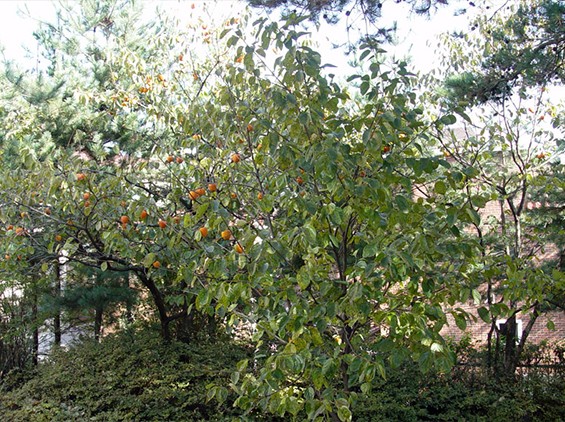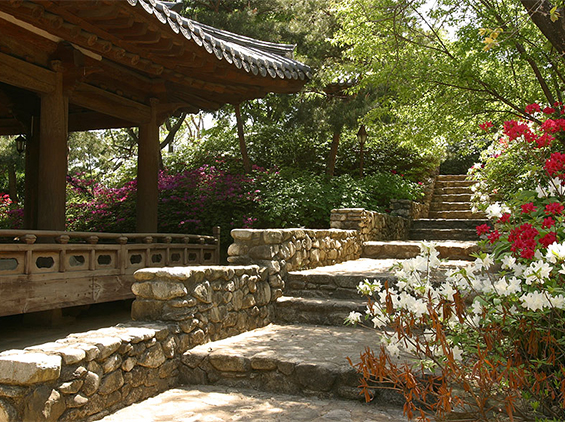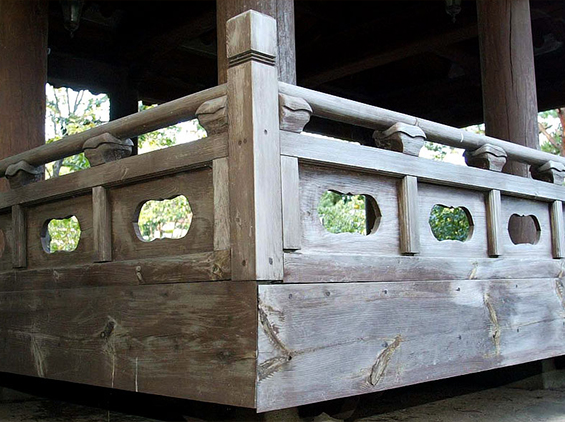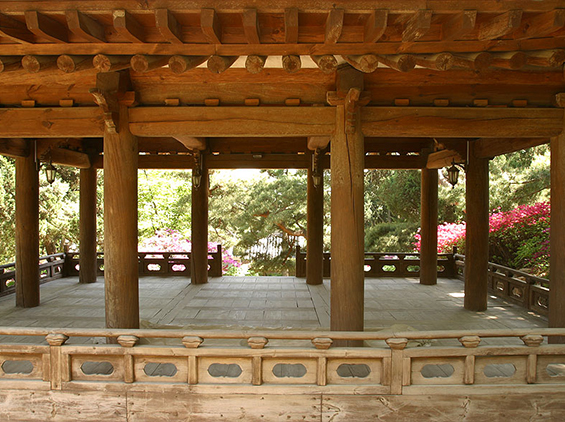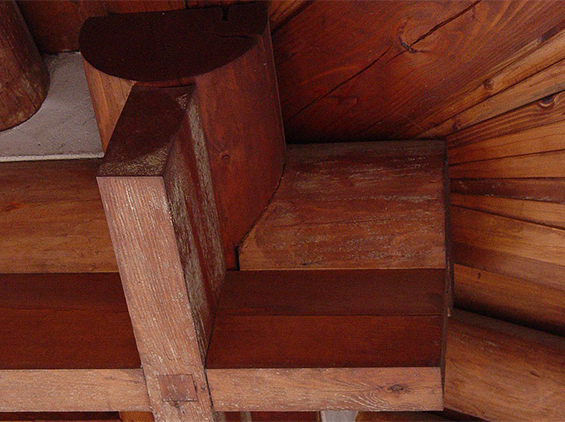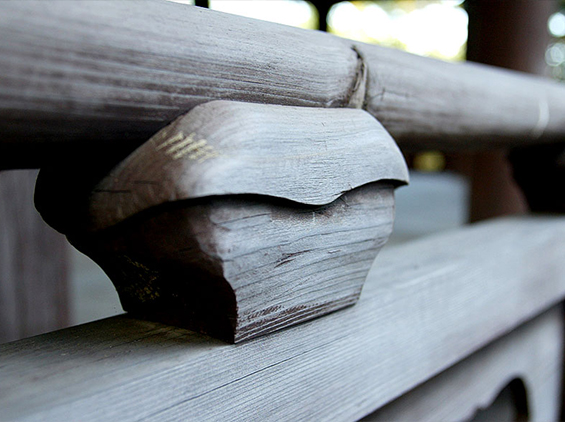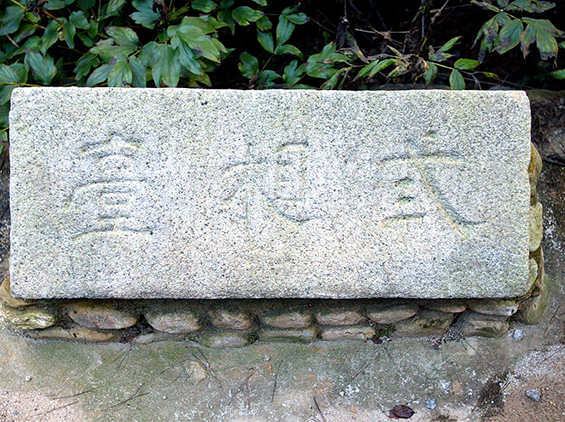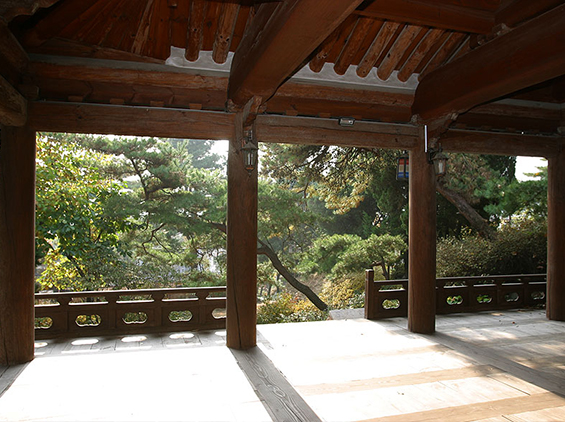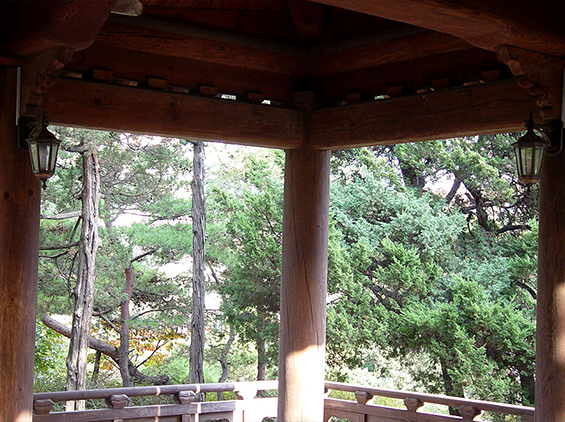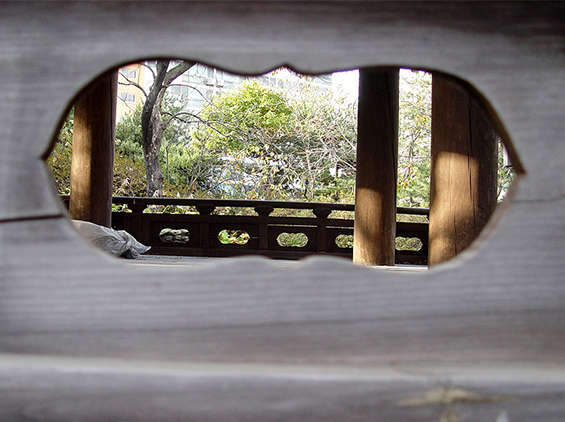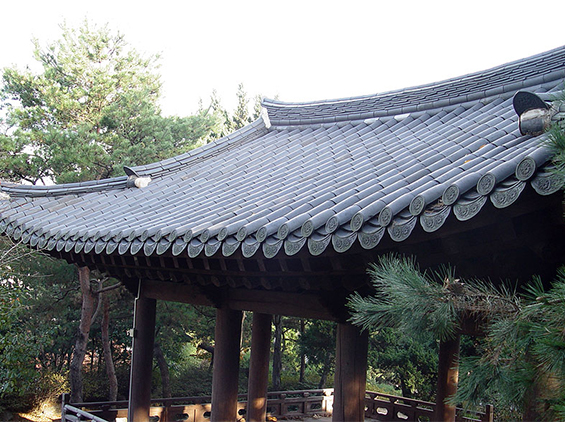CYBER GALLERY
Open-Air Exhibition
- HOME
- CYBER GALLERY
- Open-Air Exhibition
Pavilion
There are two pavilions in the open-air exhibition of the museum: Pungyokdae and Samsangdae. Pungyokdae which has the meaning of a place for wind bath' is a refreshing place in summer even more with a sea breeze from the Yellow Sea. It is nothing but a small pavilion. Nevertheless, it is a place where we can feel elegant amusement, dandyism, composure, and manly spirit of the yangbans("upper classes of the Joseon Dynasty") who wanted to be in harmony with nature away from the world.
While Pungyokdae is a symbol of elegant amusement, Samsangdae represents the achievements of Ori Yi Wonik. Samsang(三相) was derived from Samjeongseung(三政承) which means the three prime ministers: Yeonguijeong, Jwauijeong, and Uuijeong. Samsangdae seems to have been erected by his descendants and literary men to pay tribute to Yi Wonik's achievements for the people during his services as Samjeongseung.
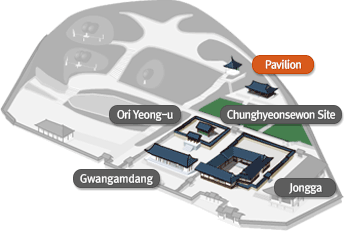
- Pungyokdae General View
- Pungyokdae Structure
- Pungyokdae Stylishness
- Samsangdae General View
- Samsangdae Structure
- Samsangdae Stylishness
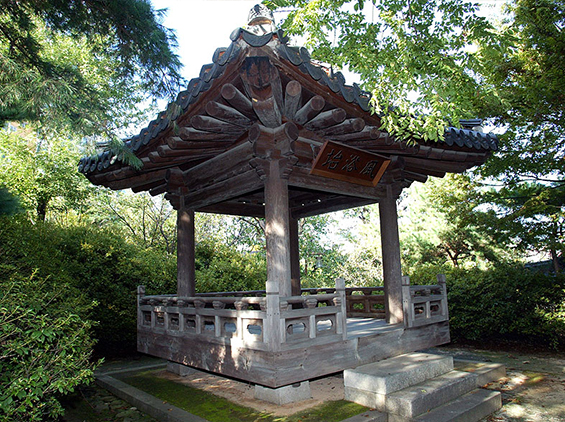
General View of Samsangdae and Pungyokdae
Groves of various trees around the pavilions provide places for relaxation away from the eyes of the world. Samsangdae and Pungyokdae are located at the end of the walk which passes by Gwangamdang and Ori Yeong-u. There are nothing but trees, stones and earth around the pavilions, which also seem as if they were a part of the natural landscape. The scent of mountains strongly hangs in the air, and royal azalea and peony blossoms along the stone paved path behind Samsangdae as well as around Pungyokdae attract visitors' attention.








